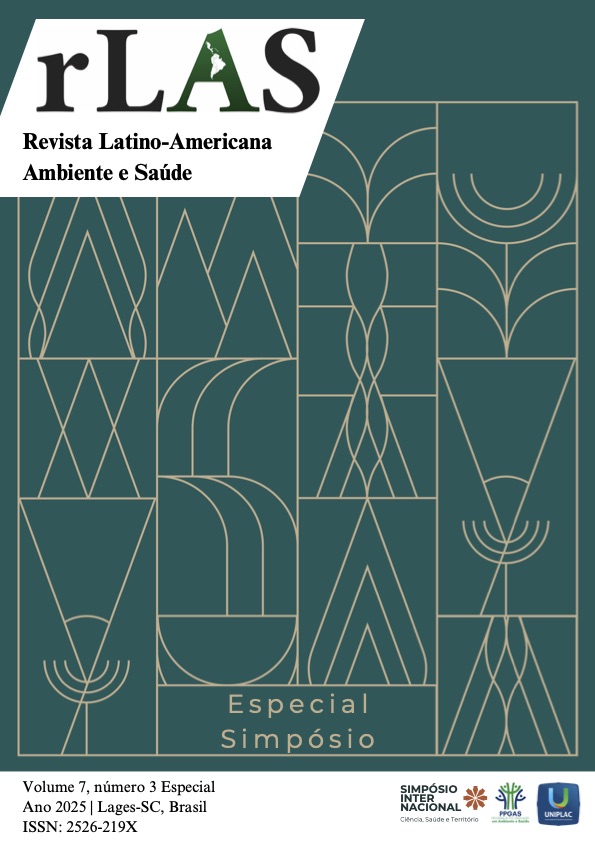Comparative advantages of minimally invasive methods in sewer networks
Keywords:
sanition, operacional efficiencyAbstract
Although they have proven adverse impacts on urban fabric and ecosystems, conventional open-pit excavation techniques still predominate in the implementation of sanitary sewage networks. This study evaluates the viability of non-destructive techniques (NDTs) as a sustainable alternative, comparing them to traditional methods in critical parameters: execution time and environmental impacts. The analysis focused on an 89-meter stretch and demonstrated the operational and ecological superiority of NDTs, with a 38.6% reduction in construction time (17 days less) and 62% lower atmospheric emissions (quantified using the Ringelmann Scale). The results reveal decisive technical advantages: (1) less urban interference, (2) accelerated operational efficiency and (3) proven environmental sustainability. It is concluded that NDTs represent the technically optimized solution for sanitary infrastructure projects in urban areas, combining economic, social and ecological gains. The methodology applied, including direct comparative analysis and standardized emissions assessment, validates their adoption in similar contexts.
References
ABNT. NBR 6016: Gás de escapamento de motor Diesel - Avaliação de teor de fuligem com a escala de Ringelmann.Brasil, 2015. Disponível em: <https://pdfcoffee.com/qdownload/nbr-6016-2015-gas-de-escapamento-diesel-pdf-free.html>. Acesso em: 16 maio. 2025
BUDGE, S.; AMBELU, A.; BARTRAM, J.; BROWN, J.; HUTCHINGS, P. Environmental sanitation and the evolution of water, sanitation and hygiene. Bulletin of the World Health Organization, v. 100, n. 04, p. 286–288, 1 abr. 2022.
CASAN. Memorial Descritivo Sistema De Esgotamento Sanitário SES de Mafra. Mafra SC: Casan, 2018.
CHMURA, D.; JAGODZIŃSKI, A. M.; HUTNICZAK, A.; DYCZKO, A.; WOŹNIAK, G. Novel Ecosystems in the Urban-Industrial Landscape–Interesting Aspects of Environmental Knowledge Requiring Broadening: A Review. Sustainability, v. 14, n. 17, p. 10829, 30 ago. 2022.
ESTEPHAN, C. I. et al. Método não destrutivo pelo processo de cravação de tubos na instalação de novas redes. Revista Monografias Ambientais, v. 13, n. 4, p. 3756–3760, 26 nov. 2014.
MOHAMMADIUN, S. et al. Effects of bottleneck blockage on the resilience of an urban stormwater drainage system. Hydrological Sciences Journal, v. 65, n. 2, p. 281–295, 25 jan. 2020.
PAES, A. F. O saneamento básico como fator preponderante na saúde pública das comunidades. RCMOS - Revista Científica Multidisciplinar O Saber, v. 2, n. 2, p. 261–267, 22 jan. 2024.
SIEGEL, F. R. Sanitation 2050. In: The Earth’s Human Carrying Capacity. Cham: Springer International Publishing, 2021. p. 109–115.
SINDIREPA. Escala de Ringelmann. Disponível em: https://www.fiepr.org.br/sindicatos/sindirepatoledo/escala-de-ringelmann-1-11560-301452.shtml. Acesso em: 10 maio. 2025.


